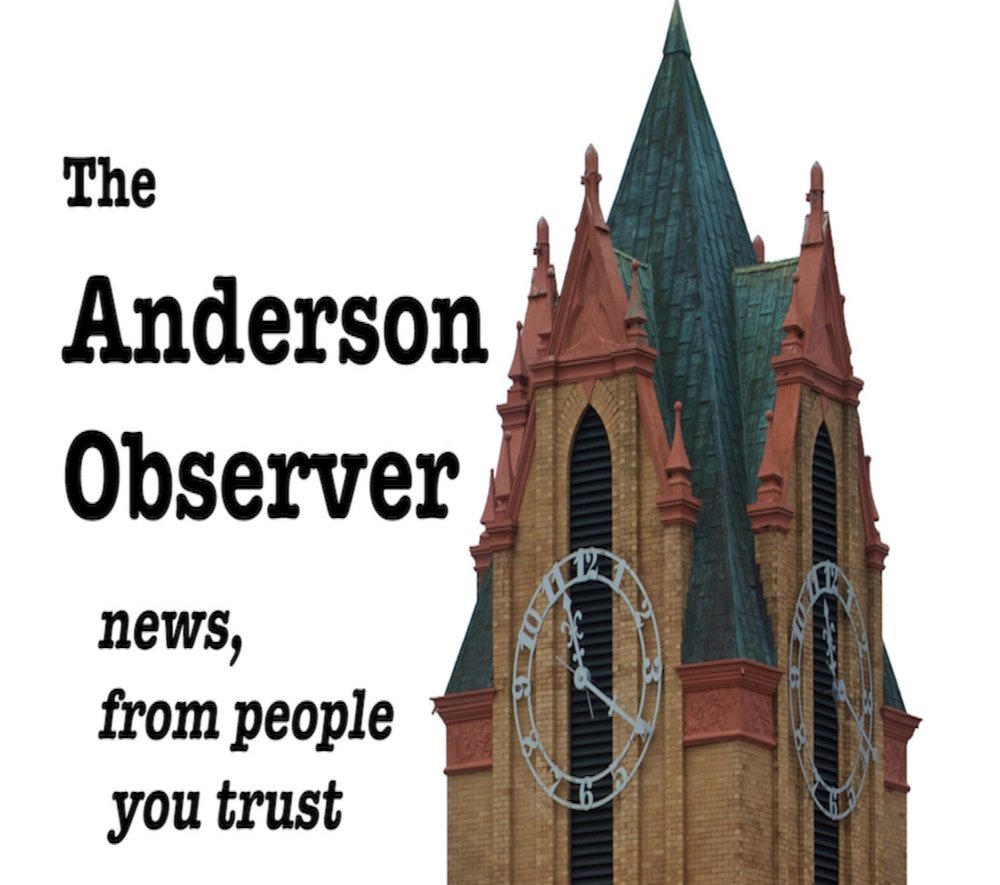City Council Postpones Vote on Redistricting
Greg Wilson/Anderson Observer
Anderson City Council on Monday postponed a final vote on the required redistricting map which must be in place in time to plan for the city’s April 2 municipal elections.
In both the work session and council meeting, four of the nine council members in attendance expressed concerns of the fifth draft of the map which moved some boundaries, realigning the city to meet legal requirements based on the United States Census of 2020.
While the vote pushes the next vote on the map to the Sept. 25 meeting, a least one council member suggested the delay was less about representation than about the attachment of some council members to the areas proposed for moving into other districts.
“In truth this (the delayed vote) is about the passion of council members wanting to represent certain communities,” said Luis Martinez II, who represents Area 2, which will see a shift of 2,000 citizens out of his district in the remapping.
Those pushing the delay asked for more time for dialog on the changes before the final vote.
Work on redistricting has been underway since January, when the city partnered with the South Carolina Office of Research and Statistics, a non-partisan organization which has done redistricting work in 39 counties in the state.
City Council has reviewed four drafts since the initial map was released in February, and reviewed three other drafts before voting Monday on the fifth incarnation of the document.
The redrawn districts are required to be of equal population (or as equal as practical) to comply with the Equal Protection Clause of the 14th Amendment which espouses the principle of “one person, one vote.”
Each district must also:
Comply with the federal Voting Rights Act of 1965 to ensure minorities have an equal opportunity to elect representatives of their choice.
Be drawn contiguously, so that all parts of the district are connected to each other.
Minimize the division of voting precincts, cities, counties, neighborhoods, and communities of interest to the extent possible.
Be geographically compact so that nearby areas of population are not bypassed for a more distant population.
Comply with other applicable court decisions and federal and state laws.
The goal is to create a map that will meet the requirements of the law in the most neutral and unbiased fashion, according to Adam DeMars, GIS & Mapping Section Manager for the S.C. Office of Research and Statistics, who has been working on the map for the city.
Meanwhile, the clock is ticking on approving the new map. Anderson County election officials have said that even if the map is approved by October, it will put a strain on their resources to have the new voting districts ready for the April 2 elections.
Anderson County Mayor Terence Roberts on Monday night said that council must approve the new voting lines soon or it could lead to a delay in municipal elections next year.
